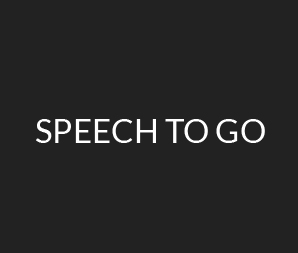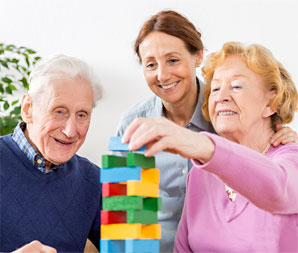Swallowing Therapy
Nutrients are essential for survival. They are obtained by swallowing the food or liquid. However, when the food or liquid enters the trachea (windpipe) instead of the esophagus, it results in a serious condition called Dysphagia, or disordered swallowing. Dysphagia is also known as a deglutition disorder. Dysphagia can lead to a life-threatening infection in the lungs known as aspiration pneumonia. As many as 15 million people in the US are affected by Dysphagia. According to one estimate, there is possibility of one in 17 people developing some form of dysphagia in their lifetime. More common in the elderly, one can develop dysphagia at any age.
Therapy for Swallowing and Feeding Disorders
While treating Swallowing disorders, pharmacologic therapy or surgery is used. However, strategies adopted to treat the adults differ from those employed to treat the children.
A wide array of medical conditions are responsible for the causation of swallowing and feeding disorders. To treat these conditions, swallowing therapy is the standard practice of care. Swallowing therapy is taken resort to by the speech language pathologists with expertise in this area to reduce aspiration, enhance the ability to eat and swallow, and optimize the nutritional status.
Swallowing therapy also includes some exercises that developed to help patients with swallowing disorders. These exercises include activities that aim to strengthen weak muscles, enhance movement and coordination. Shaker exercise, Masako maneuver and gargling are some of the possible exercises that are suitable for patients suffering with dysphagia.
Problems with swallowing (dysphagia) are many. The severity of the disorder may range from occasional coughing or throat clearing to gagging and choking on all foods and liquids. Some people with swallowing problems may experience dehydration, malnourishment and pneumonia. An intensive treatment program, swallowing therapy aims at enhancing strength and movement on the involved muscles.
Treatment for swallowing disorders comes in many different forms, and includes swallowing therapy, a diet regimen and even surgery. Swallowing therapy involves learning exercises and strategies for enhanced swallowing. It also involves monitoring for enhanced swallowing during the course of therapy, and adjusting therapy to address any changes that may be noticeable.
The goal of swallowing therapy is to help the person learn to swallow effectively and safely. Some patients with swallowing are recommended a strict diet regimen that specifies what kinds of foods and liquids are suitable for swallowing. Some patients are also recommended non-oral methods to nourish their bodies. These non-oral methods include insertion feeding tube that enables allow the patients to feed without putting them in the risk of aspirating or choking.
In recent years, Vital Stim Therapy is a new swallowing therapy process and equipment system used in the treatment of swallowing disorders. Cleared by the Food & Drug Administration ( FDA ) in June of 2001 VitalStim, it is an active rehabilitation program.
In New York there are many medical facilities that provide state-of-the-art treatment of dysphagia by conducting swallowing therapy. generally a time-intensive process. If you are interested in Swallowing Therapy NYC, or your family members or friends are in need of this therapy, you can contact us via phone or can even email us. Swallowing therapy requires time, energy, and discipline to get the desired results.
The article above is part of our website blog and does not represent opinion or advice of Marissa A Barrera and other staff members.








